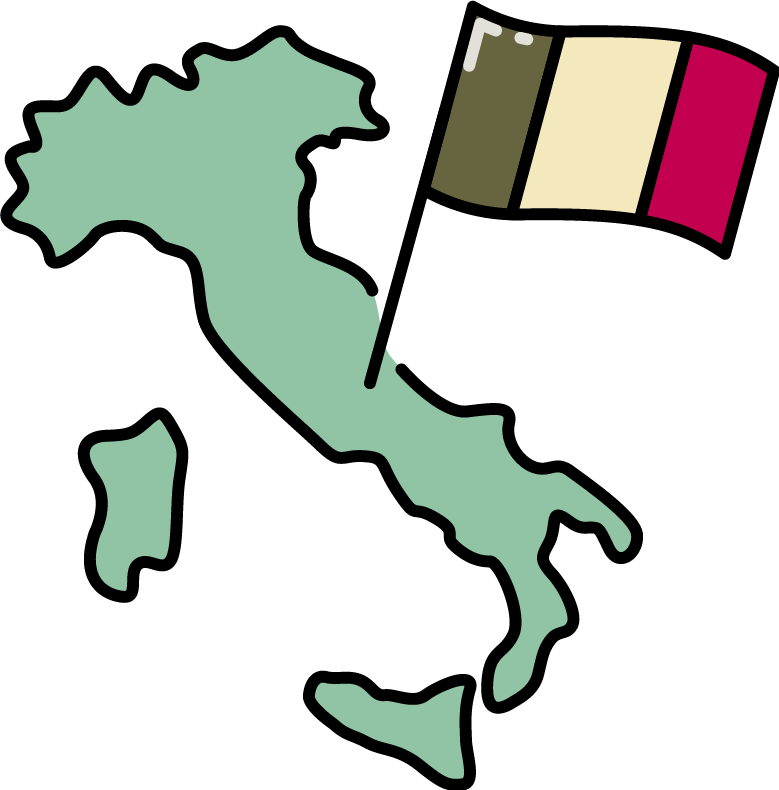Learning a new language isn’t just about grammar and vocabulary—it’s about connecting with a way of life. Italian, in particular, is deeply tied to the country’s rich cultural heritage. From art and architecture to food and family traditions, immersing yourself in Italian culture can not only enhance your language skills but also make the learning journey more engaging, memorable, and meaningful.
Connecting Emotionally Through Food and Tradition
Italian cuisine is one of the most celebrated in the world, and learning the language offers a direct path into understanding its flavors, customs, and rituals. Reading authentic Italian recipes, listening to family cooking shows, or even visiting an Italian restaurant and ordering in Italian gives learners a real-world application that sticks.
Language is embedded in how Italians cook, eat, and talk about meals. You’ll find yourself naturally expanding your vocabulary by exploring words like antipasto, al dente, or buon appetito, and discovering the regional diversity behind dishes like risotto alla milanese or pasta alla norma.
Discovering Vocabulary Through Art and Architecture
Italy is the birthplace of the Renaissance and home to some of the most iconic works of art in human history. From Michelangelo’s frescoes to Bernini’s sculptures, art isn’t just something to observe—it’s something to talk and think about in Italian.
Visiting museums, reading Italian descriptions of famous works, or following Italian art history content online exposes you to specific vocabulary and complex sentence structures. Terms like affresco (fresco), prospettiva (perspective), or capolavoro (masterpiece) become more memorable when learned in context.
Exploring Cinema and Music as Listening Practice
Italian cinema and music offer immersive, enjoyable ways to build listening comprehension and emotional resonance with the language. Classic directors like Fellini or contemporary films like La Grande Bellezza bring cultural values, regional accents, and idiomatic expressions to life.
Music, especially popular or traditional Italian songs, is ideal for reinforcing pronunciation and rhythm. Singing along to artists like Lucio Dalla, Mina, or modern musicians can help develop your ear for how the language flows. Lyrics often introduce poetic or expressive phrases that deepen your emotional connection to the words.
Understanding Gestures and Body Language
Italian communication extends beyond spoken words. Body language, gestures, tone, and facial expression are all part of how Italians express themselves. Watching Italians speak—whether in conversation, interviews, or shows—can teach you how language is animated with feeling.
Learning about cultural expressions such as hand gestures or intonations can help you sound more natural when speaking and also avoid misunderstandings. This cultural nuance enriches your ability to communicate authentically.
Gaining Cultural Context for Idioms and Expressions
Idiomatic expressions often reflect cultural history, humor, or lifestyle. Phrases like in bocca al lupo (literally “into the wolf’s mouth,” meaning “good luck”) only make sense when you understand the cultural context behind them.
By reading Italian newspapers, following social media, or engaging with cultural events, you develop an intuitive sense of how and when these phrases are used. This not only strengthens your comprehension but allows you to participate more fully in conversations with native speakers.
Building Personal Motivation and Connection
Cultural immersion fuels motivation. When language learning becomes more than memorization—when it’s about preparing for a trip to Florence, understanding opera librettos, or speaking with Italian relatives—it takes on personal meaning.
This emotional investment creates momentum. You’re more likely to continue studying when each lesson feels like a step toward real experiences: walking through Roman ruins, laughing with locals at a market, or reading Dante in the original Italian.
Making Language a Living Experience
Italian culture breathes life into the language. It turns abstract grammar rules into tools for real connection, and vocabulary lists into keys that unlock the heart of a country. Whether you’re watching a Neapolitan drama, preparing Sicilian desserts, or simply listening to Italians talk with passion, you’re not just learning a language—you’re living it.




